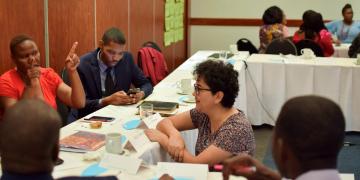Identify priority conservation areas using habitat suitability models
Financial Participatory Approach (FPA) tool
Establishment of community-based organizations (CBOs)
Securing long term land-use rights
Local ranger program
Commitment to conservation objectives through Conservation Agreements
